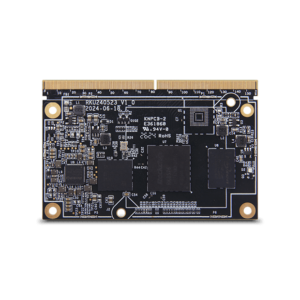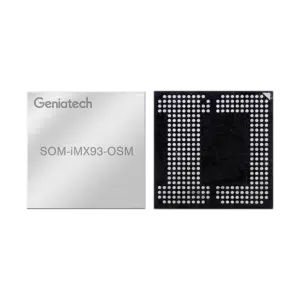Why System on Module (SoM) is the Future of Compact Computing Solutions
Why System on Module (SoM) is the Future of Compact Computing Solutions
Blog Article
The rapid development of engineering has pushed substantial innovations in embedded methods, among which will be the system on module manufacturers Working as a connection between custom technology and off-the-shelf adventures, the SoM is redefining how designers strategy embedded process design. This blog highlights the primary understanding of a Process on Element and its growing applications in a variety of industries.

What is a Process on Element (SoM)?
A Process on Component (SoM) is just a lightweight, ready-to-use panel that integrates all the key aspects of a system about the same module. This usually contains the processor, storage, power management devices, and sometimes additional peripherals like Wi-Fi or Ethernet. Unlike a normal single-board computer, an SoM does not include connectors and interface ports pre-installed, meaning it must certanly be coupled with a copyright panel to make an entire system.
Built to improve development workflows, the modular nature of an SoM enables designers to miss out the delicate process of designing and building each individual aspect from scratch. By adopting an SoM, businesses may concentrate more on the application-specific functions of the products.
Advantages of Applying System on Module
The integration of an entire program on a singular element presents a few benefits. First, it drastically decreases enough time required for item development. Pre-tested segments ensure stability, preserving weeks of benefit design teams.
Moreover, the scalability of an SoM allows businesses to adjust efficiency degrees predicated on challenge requirements. As an example, a low-cost alternative can easily degree right into a high-end product by changing the model in the component while keeping the service table design. This process reduces design risks while selling long-term cost-efficiency.
Last but not least, the stability of an off-the-shelf element guarantees large compatibility with current methods and frameworks, rendering it ideal for both little startups and big enterprises aiming to hit the market quickly.
Key Purposes of SoM in Stuck Systems
The usage of Process on Modules spans several high-demand industries including but not limited by medical devices, automation, and client electronics.
Medical Products
Accuracy and consistency are paramount in healthcare. System on Segments with protected handling capabilities are stuck in monitors, imaging products, and portable diagnostic tools.
Commercial Automation
Sturdy and energy-efficient, an SoM is a must for commercial get a handle on methods and autonomous robotics. Its scalable structure helps high-speed knowledge handling and IoT connectivity.
IoT Devices

Consumer items like intelligent thermostats, wearable devices, and also house personnel integrate an ultra-compact Program on Element for seamless performance.
The Process on Module remains to gain traction because of its reduced complexity and usefulness, cementing it self as a future-proof solution in the embedded programs sphere. Industry leaders already are leveraging these adventures, and their scope is expected to expand even more as technology evolves.
Report this page